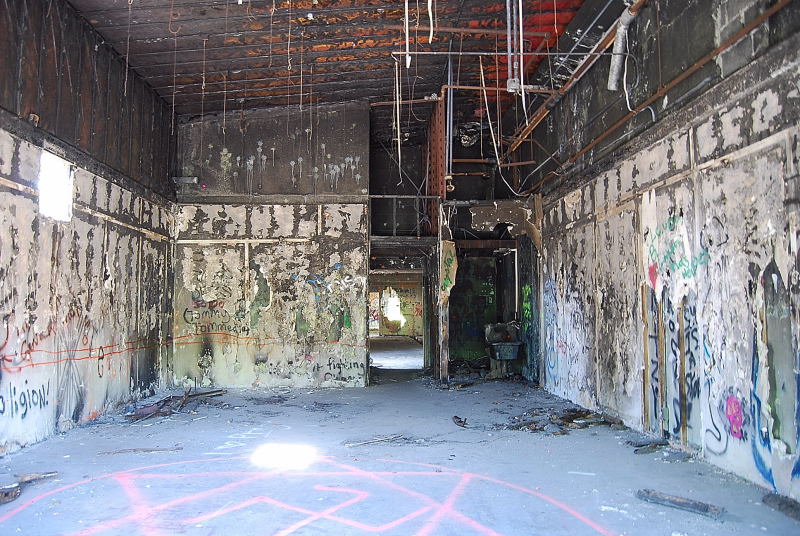Bottom Line on Mold
 Contributed by
Contributed by
Barry Taheri
According to the EPA, molds can be found almost anywhere -they can grow on virtually any organic substance, as long as moisture and oxygen are present. There are molds that can grow on wood, paper, carpet and insulation. When excessive moisture accumulates in buildings or on building materials, mold growth will often occur, particularly if the moisture problem remains undiscovered or unaddressed.
Molds produce allergens (substances that can cause allergic reactions), irritants, and in some cases, potentially toxic substances (mycotoxins). Inhaling or touching mold or mold spores may cause allergic reactions in sensitive individuals. Allergic responses include hay fever-type symptoms, such as sneezing, runny nose, red eyes, and skin rash (dermatitis).
Allergic reactions to mold are common. They can be immediate or delayed. Molds can also cause asthma attacks in people with asthma who are allergic to mold. In addition, mold exposure can irritate the eyes, skin, nose, throat, and lungs of both mold-allergic and non-allergic people.
Since mold requires water to grow, it is important to prevent moisture problems in buildings. Moisture problems can have many causes, including uncontrolled humidity. Some moisture problems in buildings have been linked to changes in building construction practices during the 1970s, 80s, and 90s.
In order to test the levels of mold in a particular structure, an air sample is taken of the entire structure area. The doors and windows must remain closed 24 hours prior to the test. Depending on the size, air samples are taken in three to four locations and on each floor. Tape samples are taken as well to determine surface contamination. An air sample is then taken outside the building and the two are compared. The results are then interpreted and repair and remediation protocols are developed.
Need to find concealed moisture before it’s a problem? Contact Terra-Petra to schedule a consultation.

